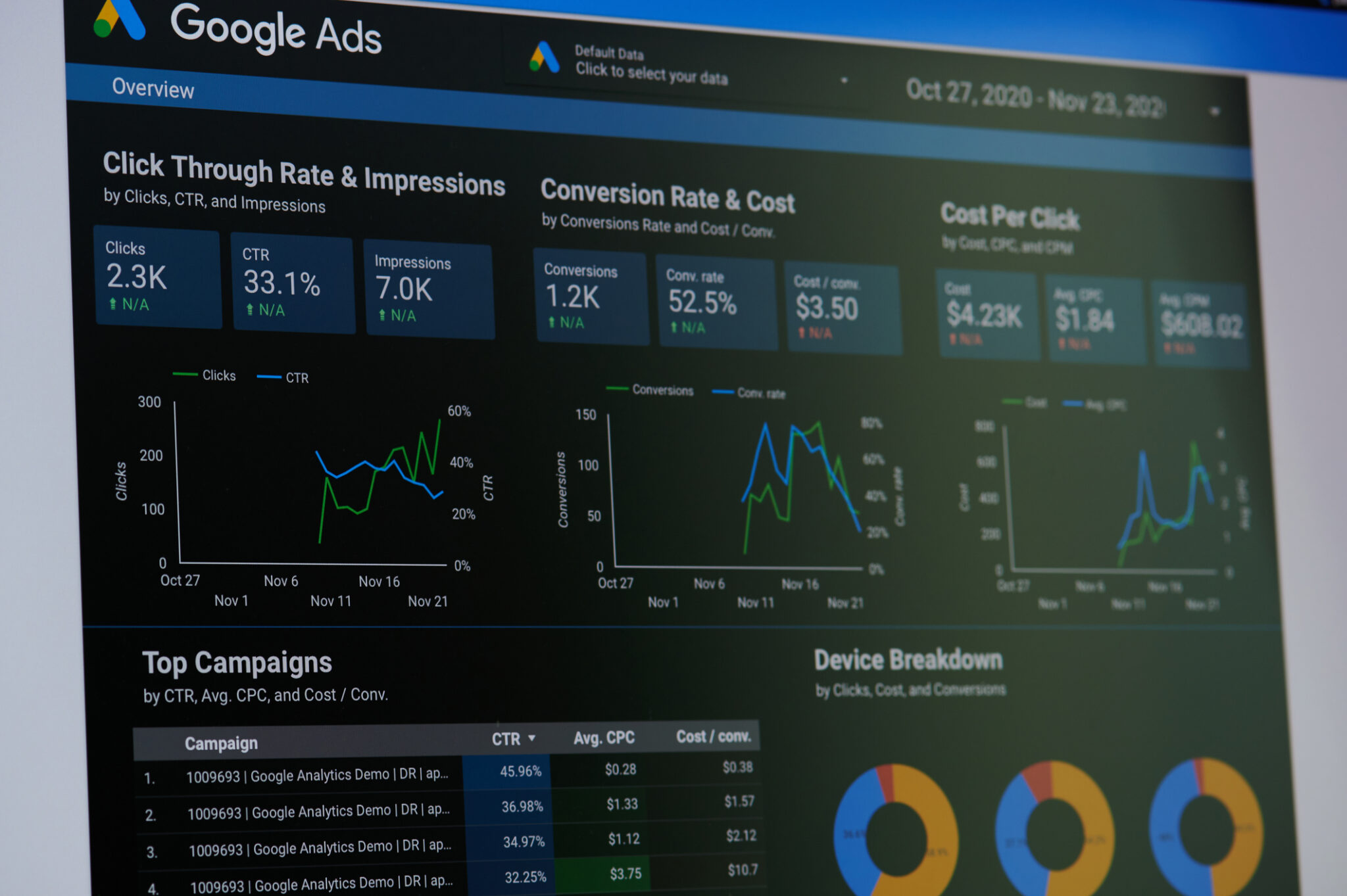Recently, Google announced via email a updating of tariffs for advertisements in Italy, Spain and Turkey, introducing new surcharges defined as 'regulatory operating costs'. This change, which will come into force on 1 Julyis a move to 'cover a part of the costs associated with regulatory compliance' in their respective countries.
The dynamics of supplements and the context of regulations
Understanding change in the Google Ads is essential for advertisers navigating the complex environment of the digital advertising. The additional supplements announced are not an isolated phenomenon, but part of a broader trend that started in 2021. In that year, Google first introduced a 2% surcharge for some European countries, including the UK. This increase was a direct response to the introduction of the Digital Taxtaxes specifically designed to address the fiscal challenges posed by the expansion of the digital economy.
In Italy, the Digital Tax is called 'digital services tax' and aims to tax various aspects of the digital world, such as online advertising, access to digital platforms and the sale of user data. This taxation responds to the need to adapt tax systems to the realities of the global digital economy, trying to close the loopholes that allow large technology conglomerates to make huge profits without an adequate tax contribution in the countries where they operate. The direct involvement of these new regulations pushed Google and other tech giants to pass on part of these new tax burdens to the users of their advertising services.
Impact of surcharges on advertisers' invoices
For users of Google Ads, it is crucial to understand how these changes will affect advertising expenditure. As of 1 July, advertisers will see an increase in campaign costs. In Italy, the surcharge for regulatory operating costs will increase from 2% to 2.5%. In Spain, the increase will be from 2% to 3%, while in Turkey it will jump from 5% to 7%. It is important to note that these surcharges are applied based on the country of destination of the advertisement, not on the location of the company paying for the advertisement.
This means that if a company based in a country without a digital tax buys advertising for Italy, the Italian surcharge will be applied. This structure ensures that taxes are paid fairly based on where digital services are actually consumed, rather than where companies' headquarters are located. This methodology helps to ensure that local tax laws are respected and that revenues are distributed more fairly between nations.
Benchmarking with other large companies
The case of Google is not unique; Amazon and Apple have adopted similar strategies to manage the impact of new digital taxes. Amazon, for example, responded to the UK Digital Tax by passing on a surcharge to users of its services in 2020. Apple followed a similar path, deciding to pass on some of the additional costs to software developers in countries such as France, Italy and Turkey.
These moves reflect a broader trend in the technology sector, where companies are beginning to recognise the need to comply with national tax regulations, shifting some of the financial responsibilities to their users. The common approach seems to be to absorb some costs internally while passing others on to end usersbalancing between accepting fiscal responsibilities and managing user expectations and expenses. This trend underlines the importance for companies to remain agile and informed about global regulations to successfully navigate the ever-changing digital landscape.
What to expect in the future?
Other countries are likely to introduce similar regulations, leading to further adjustments in operating costs for online businesses. For companies using Google Ads, it is essential to keep an eye on these regulatory developments and plan accordingly to avoid surprises in their advertising campaigns.
For more details on surcharges and how they are applied, you can visit the Google Ads support page here.
Conclusion
In conclusion, Google's move aims to comply with the increasingly stringent tax regulations on the digital economy. While this may mean a slight increase in costs for Google Ads users, it also offers greater transparency on how operating costs are managed and reflected in advertising rates. Preparing for these changes and understanding the applicable regulations is crucial for any company investing in digital advertising.







